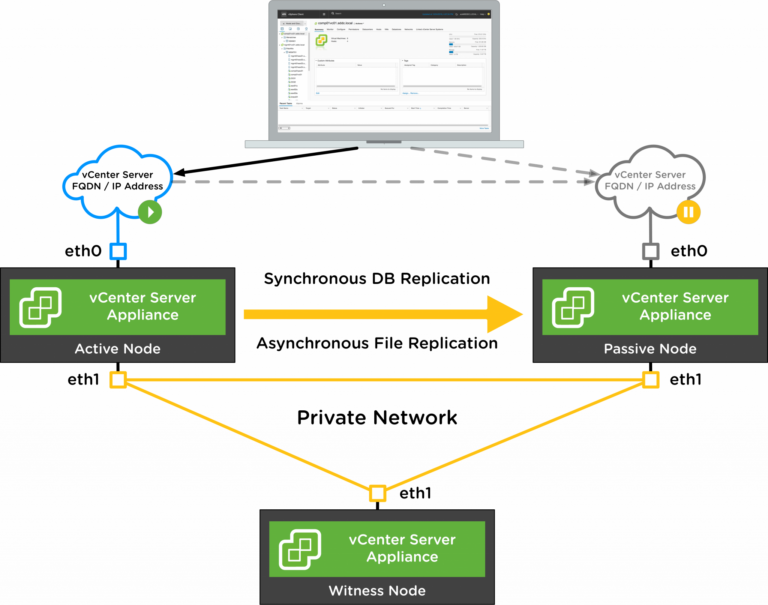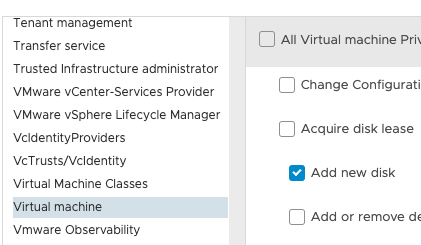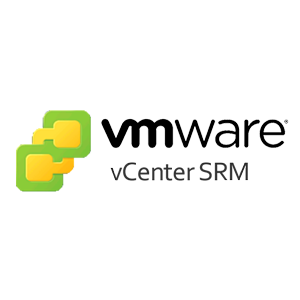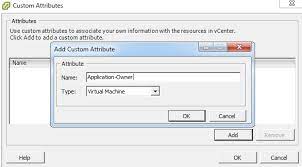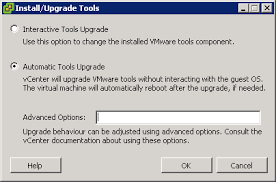Architectural Standards

Working in an environment where we expand our Infrastructure platforms and change priorities there is a constant flow of requests from users and businesses to provide specialized Virtualization Environments. Having a standard for how an environment is designed is a…


